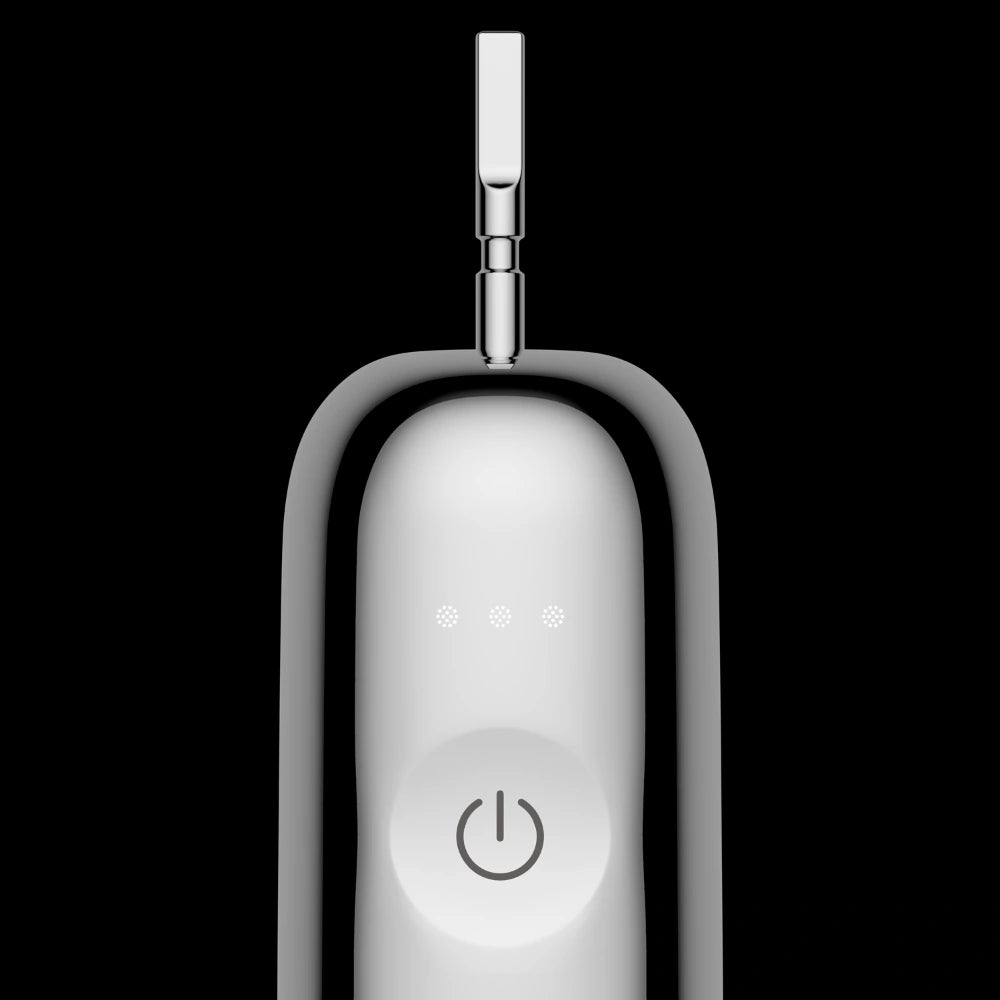
In this article
For thousands of years, early humans thought that worms were responsible for cavities and tooth decay. However, with advancements in scientific understanding, a much more plausible explanation emerged. Join us as we dive deep into the story of the mythical tooth worm, which dates back more than 5,000 years into ancient history.
The origins of the tooth worm myth
Before dental science advanced to its modern understanding, people thought that cavities in teeth were caused by worms. Ancient and medieval societies all around the world believed that small worms wriggled around the mouth and emerged through the teeth to cause cavities.
Historians believe that the myth of the tooth worm can be traced back to 5,000 BC to a Sumerian text that mentioned worms as the leading cause of tooth decay in humans. Ancient Chinese healers also believed that worms were responsible for tooth decay and cavities, highlighting that it was a commonly held belief in numerous ancient civilizations.
The belief posited that worms lived underneath the gumline, burrowing into the teeth to cause holes and decay.
Why did people think that worms in tooth cavities caused decay?
With the benefit of hindsight and the teachings of modern medicine, it's difficult to comprehend the notion that holes in the teeth are caused by burrowing worms.
But this was a commonly held belief for thousands of years in civilizations all around the world. So, what caused people to think this way?
One notion is that healers were confused by the existence of the cylindrical structures in human teeth, which they inadvertently diagnosed as worms. In teeth, small, hollow, worm-like structures do exist, and there's no question that ancient people perhaps mistakenly believed them to be worms.
Another explanation is that water quality was nowhere near the standards of today. Many water sources were infected with Druncunculus Medinensis (more commonly known as Guinea Worms). It's plausible that when healers saw worms during dental treatments, they were actually seeing Guinea Worms from water sources, not mouth-dwelling worms that directly caused tooth decay.
While we don't know for sure, we can conclude that the absence of scientific understanding of tooth decay is the main reason why the myth of the tooth worm appeared and then gained traction in ancient civilizations.
Does tooth worm exist?
Fortunately, tooth worm does not exist! The notion that a worm lurking beneath the gum line penetrates through the tooth to cause decay is frightening, and something that can gladly be disproved by modern medicine.
Today, we know that tooth decay, and cavities specifically, are caused by the build-up of plaque. Plaque is a thin layer of bacteria that has formed on the surface of teeth. When it combines with saliva, it results in acid, which, in turn, attacks tooth enamel.
This process causes the erosion of your enamel, causing cavities to form. These cavities get bigger if they are not treated and tooth decay can progress through five stages, all the way through to a situation where the tooth might need to be extracted.
The bottom line
Tooth worm is a myth - it does not exist. In ancient civilizations as far back as 5,000 years ago, people thought that cavities (dental caries) were caused by worms that lurked beneath the gum line.
With no scientific evidence to disprove this theory, civilizations from China to the Middle East believed that worms were the primary cause of tooth decay.
But today, we know that worms do not cause tooth decay, thankfully! Decay is caused by bacteria that produce acid in the mouth, which attacks the enamel and causes cavities.
You can prevent tooth decay with good oral hygiene. Check out the Laifen Wave electric toothbrush for an affordable, effective brush that will help keep dental decay at bay.
FAQs
Q1: What does tooth worm look like?
Fortunately, there's no such thing as a tooth worm; it's an ancient myth based on the understanding that small worms cause dental cavities.
Q2: Are tooth worms real?
No, tooth worms are not real!
Q3: How to get rid of tooth worm?
As tooth worms are not real, you cannot get rid of them. However, if you notice a dental cavity, you need to consult your dentist for the best course of treatment to prevent further tooth decay.
























